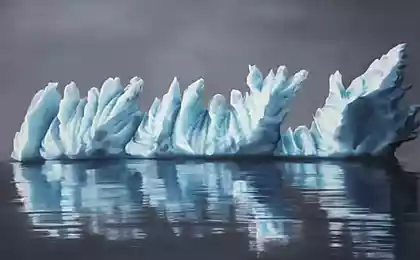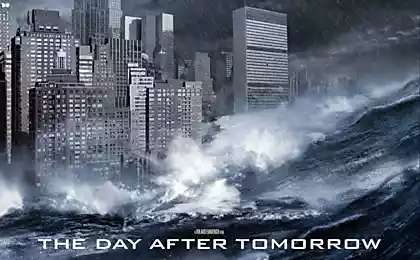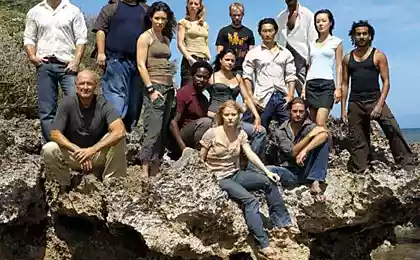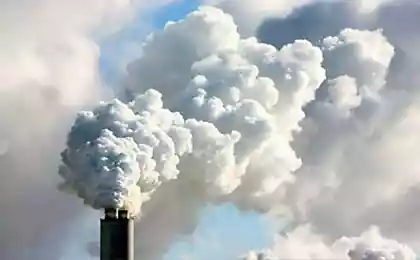245
No time to explain: 30 things to do before the end of the world
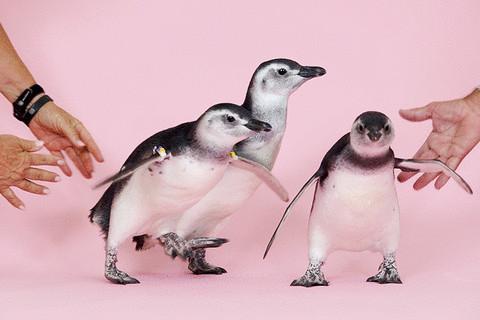
There is no time to explain: 30 things to do before the end of the world Cheap lattes, ice taxis, cherry pies, Sydney Opera, affordable tickets to Paris, the waters of the Nile and South Asia, which do not roam Bengal tigers – in a hundred years all this will not be. T&P has translated an article about the threat of global climate change to ordinary tourists and consumers. North America
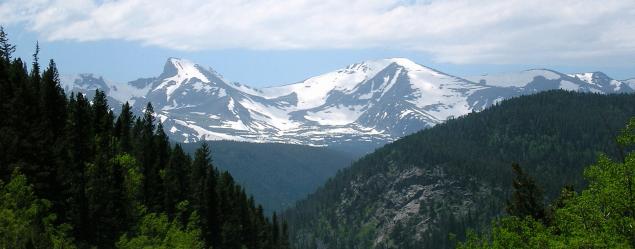
1. See Joshua's tree
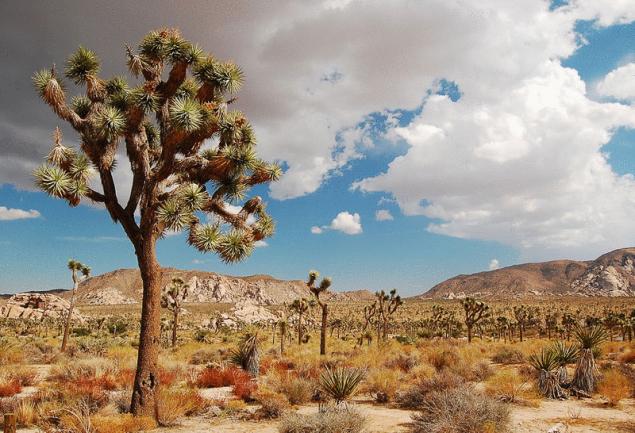
These trees, which grow in Joshua Tree National Park, need low temperatures to blossom. Young trees are now rare, and old ones are gradually dying. We should go to the park right now, because in 2065 it would be more logical to call it the Valley of Death.
2. Visit a urologist.
The coming decades promise an unprecedented spread of urolithiasis in America — especially in the southern states, where cases of dehydration are common. Today, about 40% of Americans suffer from this disease. Modern research shows that the percentage will increase – already 56% by 2050 and 70% by 2095. Many worry that climate change will fill the planet’s air with pollen, which will cause mass allergies – but common sense suggests that in fact it would be better to find a first-class urologist in advance.
3. See the Spaceport in America
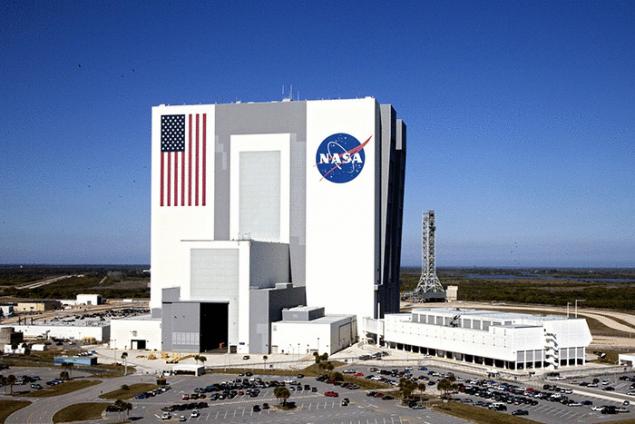
The Kennedy Space Center, the spaceport for the Apollo missions and many other spaceflight programs, is also in danger of extinction, as are other US space projects. A popular tourist attraction is located right off the coast at Cape Canaveral. The height above sea level is from one to three meters. In the next 45 years, the ocean will expand and flood this zone.
4. Enjoy the cherry jam

80% of all cherry pies in the world are made in Michigan, and production is now under threat. Launched a campaign aimed at combating the threat of extinction of sweet berries – “Save the cherries”. Think back to 2012 and the empty fruit shelves in the U.S., which were responsible for the unexpected anomalous frosts that destroyed many crops.
5. Go to Las Vegas.
Seven states and Mexico share the waters of the congested Colorado River. If the current drought continues, Lake Mead will disappear, and the Colorado reservoir, which currently supplies all of Las Vegas, could turn into an empty place – then Sin City is over.
6. Ruins of Old Havana
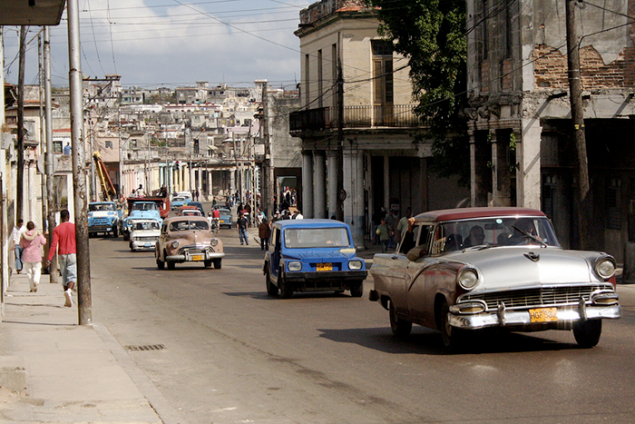
Chevrolet 1957, the unofficial symbol of Cuba, weighs about one and a half tons and on the surface of the water, of course, will not hold. Just like the beautiful and charming old Havana, part of which is already almost flooded and is located at an altitude of only one meter above sea level.
7. Take part in a hot dog eating championship or at least see where it happens. Coney Island, the most famous amusement park in America, barely survived Hurricane Sandy in 2012. The bad news: By 2100, storms like Sandy and Katrina could sweep the entire east and north coast of the Gulf of Mexico.
8. Warming seas means that shellfish will become poisonous. The most common cause of seafood-related diseases is the bacterium Vibrio parahaemolyticus, which is common in the Pacific Northwest. Recently, however, two of the worst strains of this infection were recorded in the Atlantic.
Arctic
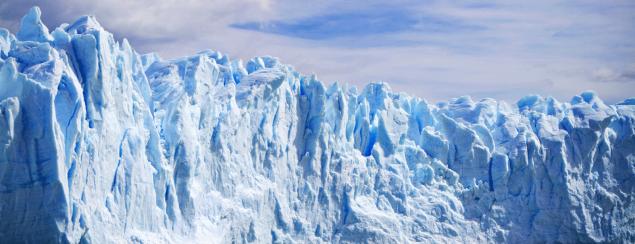
9. In order to reach the site, which is actually the center of the North Pole, Russian submarines had to dive 4.5 km down. The Arctic ice sheet continues to melt: 3.41 million square kilometers as of summer 2012 – just half its size in the 1980s.
10. Drive along the icy roads of Greenland
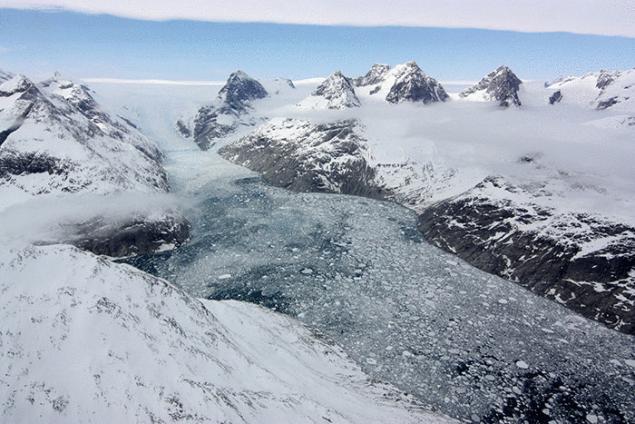
Ice taxis are the fastest way to travel between villages through frozen fjords in western Greenland. The recent warm winters have covered the fjords with a thin crust of ice and left villagers with a difficult choice: either rent a helicopter or stay at home.
11. Species of fish that live in cold water (including cod, pollock and salmon) face the threat of extinction, as the oceans warm more every year. Research hints at a radical solution: eat more jellyfish, they will be just right in the new climate.
Central and South America
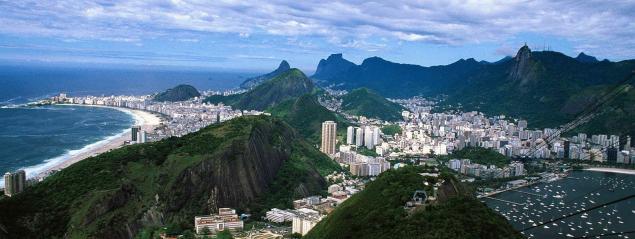
12. A two-degree rise in temperatures in coffee regions — Guatemala, Costa Rica, El Salvador, Honduras and Mexico — combined with a projected 5-10% drop in rainfall could lead to a 40 percent decrease in the amount of land suitable for coffee cultivation. Your latte for 500 rubles is almost ready.
13. This engineering marvel depends on fresh water from the Chagres River and is now endangered by excessive rainfall. In addition, the canal will have a competitor: ships that choose the way through the ice-free waters of the Arctic, will save a lot of time and hundreds of thousands of dollars.
14. See the glaciers in Peru
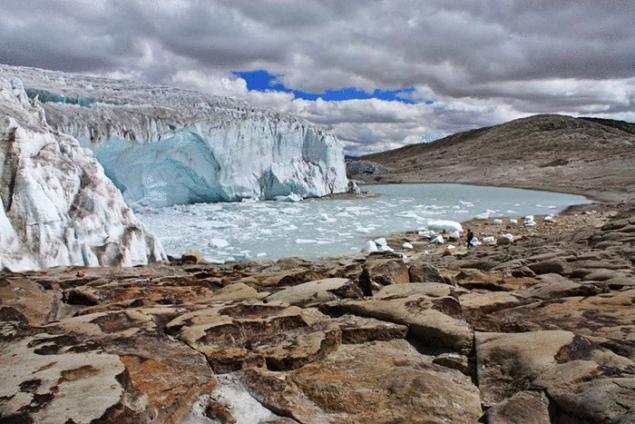
A favorite place for tourists and schoolchildren in Peru - glaciers - is experiencing a crisis. The glaciers have halved and retreated further and are now closed to climbers. Peru’s tourism business already has a Plan B: In the future, tour guides will show tourists where glaciers disappear.
15. Heroin addict "lucky" a little more: according to recent forecasts, poppy plants in the coming climate will thrive. But cocaine lovers are in danger of breaking. Cutting down illegal plantations in Colombia is an important goal in the war against global warming, as they are a significant factor in climate change. It is also bad that the concentration of the active substances of the drug - alkaloids - on plantations will decrease with increasing temperatures.
16. See Easter Island statues on land
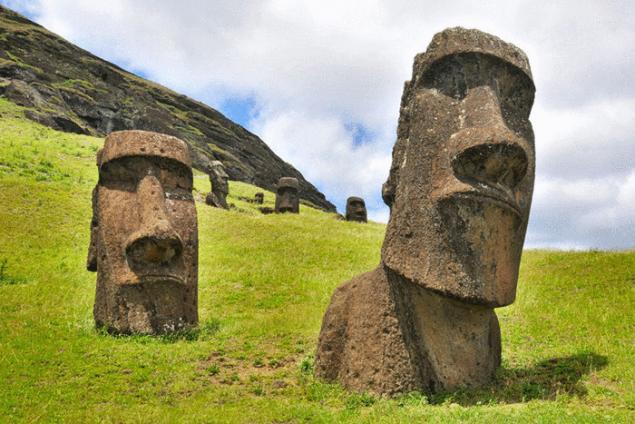
The stone clocks of Rapa Nui National Park, listed by UNESCO, stand quite close to the water. On the other hand, the water near the island is crystal clear and ideal for diving – you can try to photograph the statues underwater.
Pacific

17. Listen to the opera at the Sydney Theatre That unusually shaped building worth $800 million. Photogenicity: Yes. Unsinkability: No.
18. Swimming among the corals of the Great Barrier Reef and not getting tropical fever The good news is that you will be able to visit the Great Barrier Reef, even if rising ocean temperatures kill the corals. Bad: When you get out of the water, you’re likely to get dengue fever (as temperatures rise in Australia, the number of cases increases dramatically).
Asia
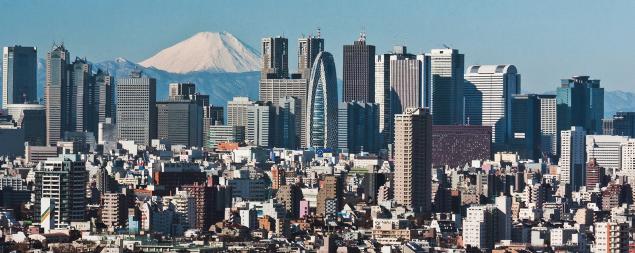
19. View the Ice Monument of the God Shiva
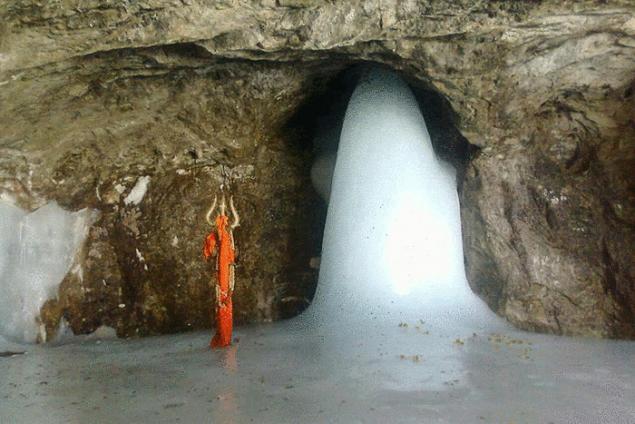
Amarnath Caves is the main object of the Yatra pilgrimage route in the Indian Himalayas, leading to the ice lingam - a frozen waterfall in the form of a phallus. In the last year (possibly due to the warmth of the bodies of numerous visitors), 10 days before the official end of the pilgrimage, the shrine melted.
20. The largest cat in South Asia lives in one of the most giant mangrove forests in the world Sundarbans area of 1398 square kilometers. The forest is located on the border of India and Bangladesh at the mouth of the Ganges River. By 2100, most of this territory will be a sea. Forced out of their habitual habitat, tigers will soon begin roaming nearby villages and hunting humans.
21. Visit Eastern Venice
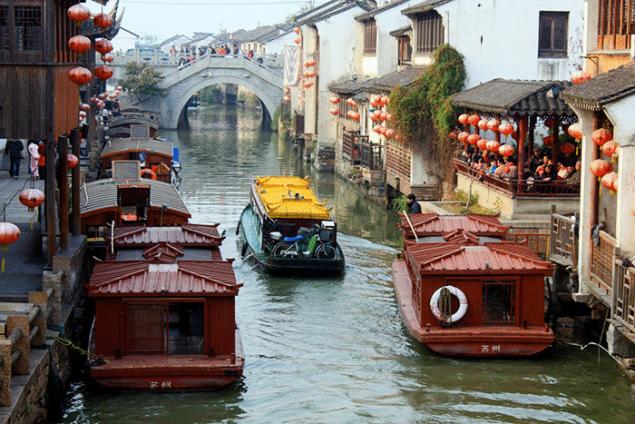
Suzhou in China has many canals, pagodas, stone bridges and lush gardens located near Shanghai. The problem in Suzhou is the same as in Venice in the West: the main attraction, water, could completely flood the place before the end of the century.
22. Like Bikini Atoll, the memorial, insistently reminiscent of the inexorable power of atomic weapons, is so close to the approaching ocean that it may soon remind itself of something else, such as slowly popping bubbles on the water.
Africa and the Middle East
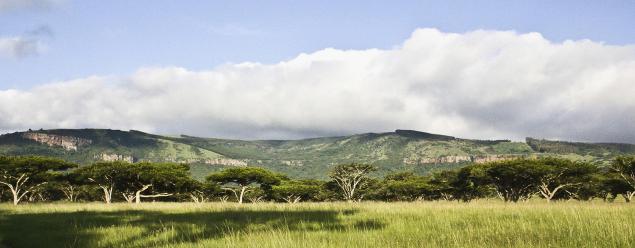
23. Islands in the shape of continents in Dubai
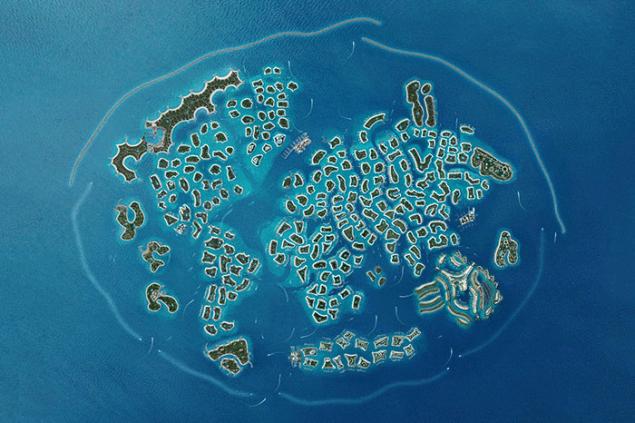
Construction of the World complex, an exclusive archipelago of three hundred artificial islands, was stopped in 2009 by the financial crisis. Now it seems time to continue its construction: if completed by the middle of this century, the complex will just be washed off the face of the earth by global sea level rise. Another project of the emir of Dubai, Sheikh Mohammed bin Rashid al-Maktoum, which is a domed closed city with climate control in the middle of the desert, may be more relevant.
24. Mount Kilimanjaro is the most famous melting mountain top in Africa, but the rapid melting of the ice of the Moon Mountains in Uganda and the Democratic Republic of the Congo will be more devastating: as geographer Claudius Ptolemy noted back in 150 AD, the mountains are the “snow-capped origins of the Nile River” – a river vital to North Africa, especially to troubled Egypt and South Sudan. The Rwenzori glaciers occupied 6.9 square kilometers more than a century ago, but now they are located on an area of less than 1 square km.
25. A projected sharp decline in the yield of corn, sorghum and other products portends an imminent food crisis in the regions of Central Africa. But here’s what’s likely to catch the attention of the developed world: Researchers suggest that cocoa production in Ghana and the Ivory Coast, sources of half of the world’s chocolate production, will begin to decline by 2030.
26. Coastal ruins across the Mediterranean and the world are threatened by rising sea levels. Plunging into the oceans of the 3,000-year-old Phoenician city of Carthage in Tunisia, once the center of a budding empire not far from the birthplace of the modern “Arab Spring,” will be just an irrelevant metaphor.
Europe
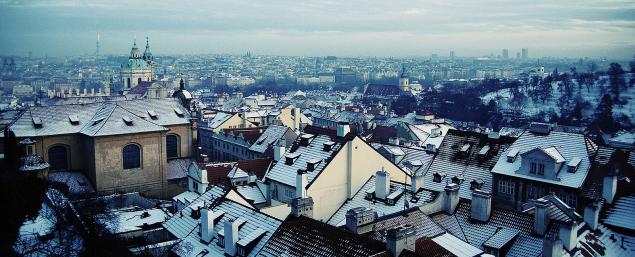
27. They used to say: “All because of consolidation”, “All because of Heathrow Airport”, “Everything from abroad”, and now “all because of climate change”: this is why cheap plane tariffs to Europe will soon cease to exist. Warming is expected, which will increase air turbulence over the North Atlantic, which will increase flight time, fuel consumption and therefore flight prices.
28. Pictured in front of the Leaning Tower of Pisa

An extravagant landmark may win the war against gravity, but another force of nature will not wait: wave erosion. The tower and its surrounding Piazza del Duomo, protected by UNESCO, are barely more than 1.8 meters above today’s sea level.
29. Ahead of the independence vote, Scotland is discussing the need for a new bird for the national symbol. By 2100, the number of bird species in the British Isles is expected to decrease due to their mass migration to about 540 km north to escape the heat. The main Scottish birds-symbols - ticklers, seabirds, petrels - will have nowhere to migrate and will only have to die.
30. Near the Matterhorn Mountain in the Alps, retreating glaciers cause difficulties with geography. The boundary tied to ridges made up of now-defunct ice has virtually disappeared. In 2009, Switzerland and Italy moved the newly drawn border by 90 meters.
Source: theoryandpractice.ru
Medical baths at home: 3 effective recipes
High-Tech sunflower IBM is the source of fresh water and solar energy

